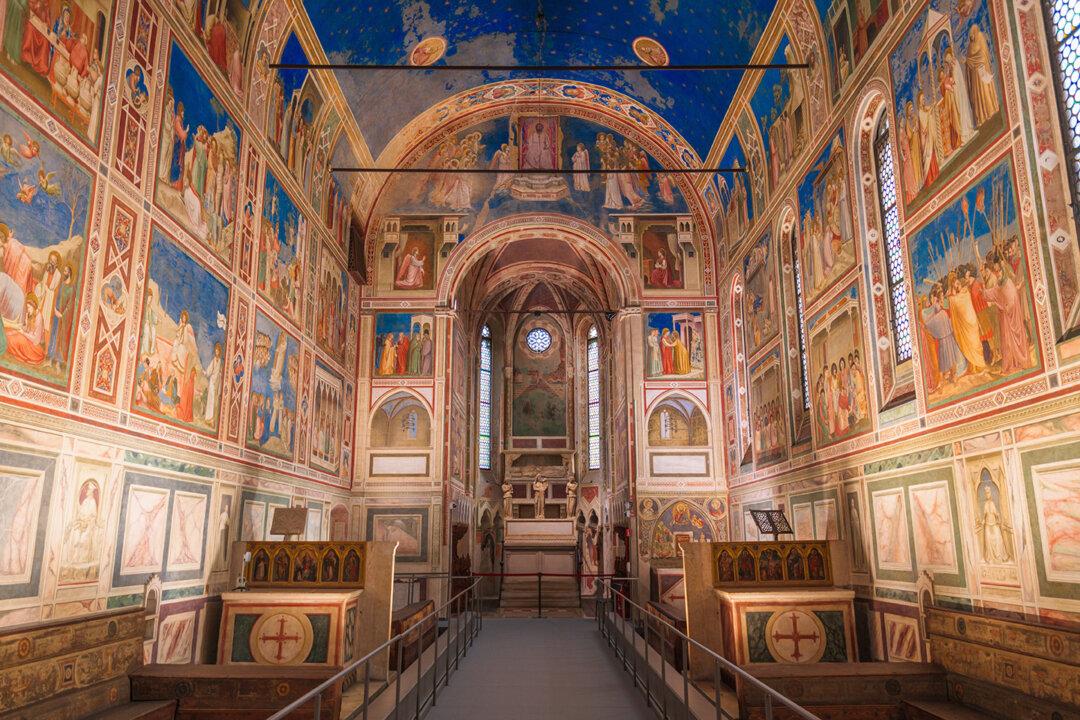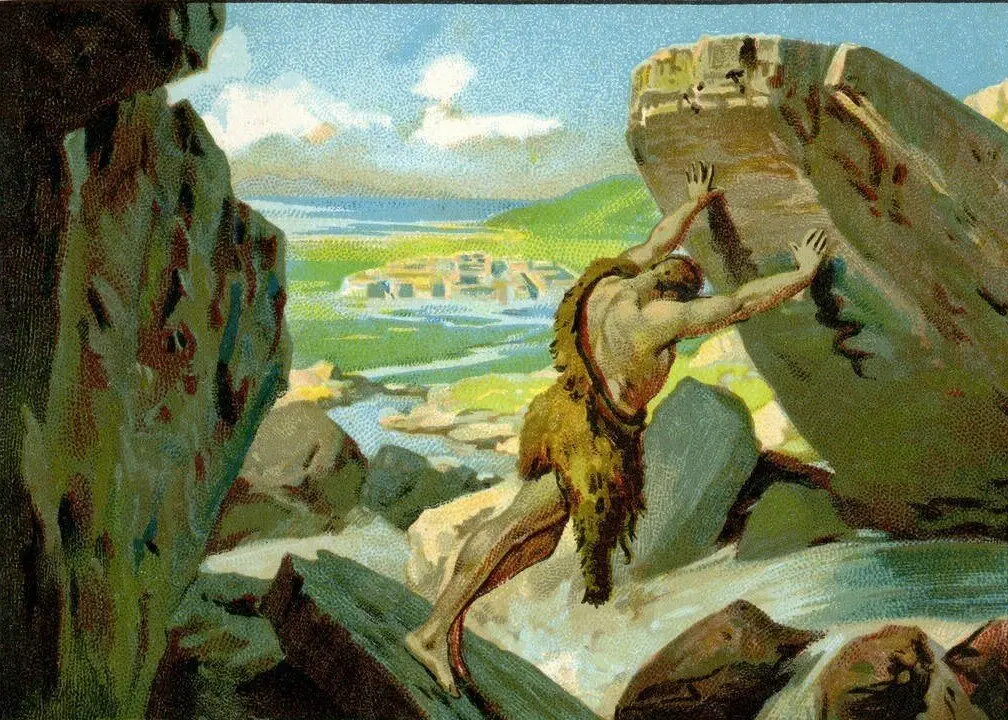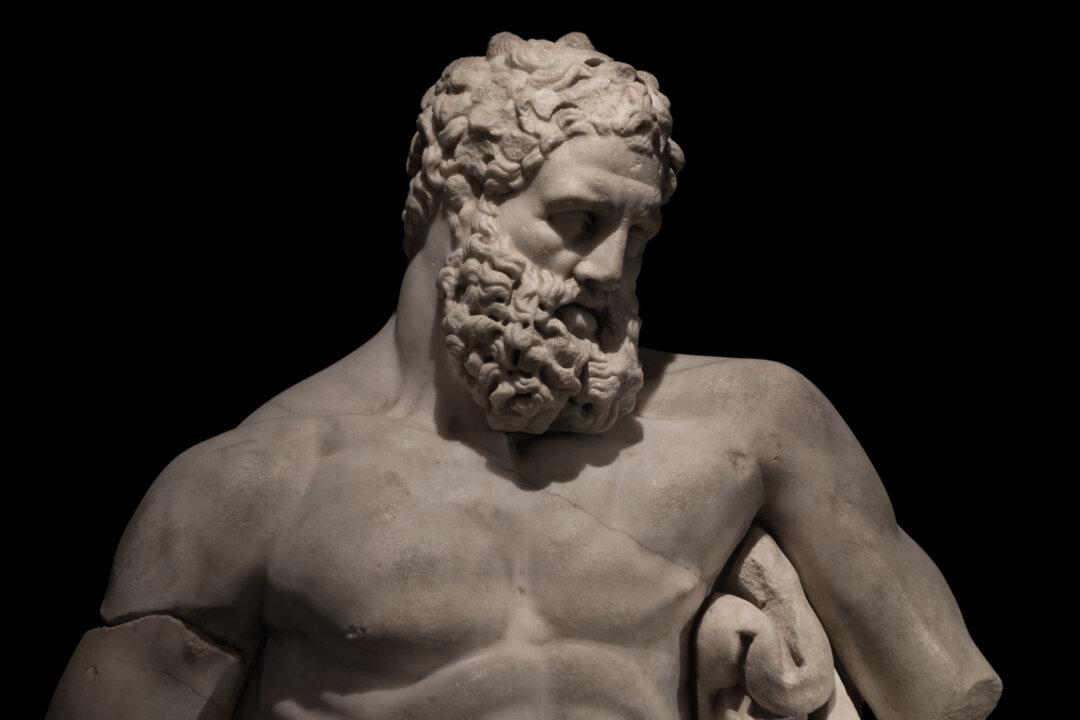One of the greatest treasures of Italian art is the Scrovegni Chapel in Padua, Italy. Given the immensity of much Italian art, this is almost surprising since the Scrovegni Chapel itself is rather a small and enclosed space. Up the road a short distance away is the sublime Basilica of St. Anthony, which is huge in scale and ambition and, in addition to its amazing architecture, includes art by the likes of Donatello. If stupendous size were the only issue, then the Scrovegni Chapel might make a poor showing. But, it doesn’t.
What is it about the little Scrovegni that makes it so marvelous and so important?






